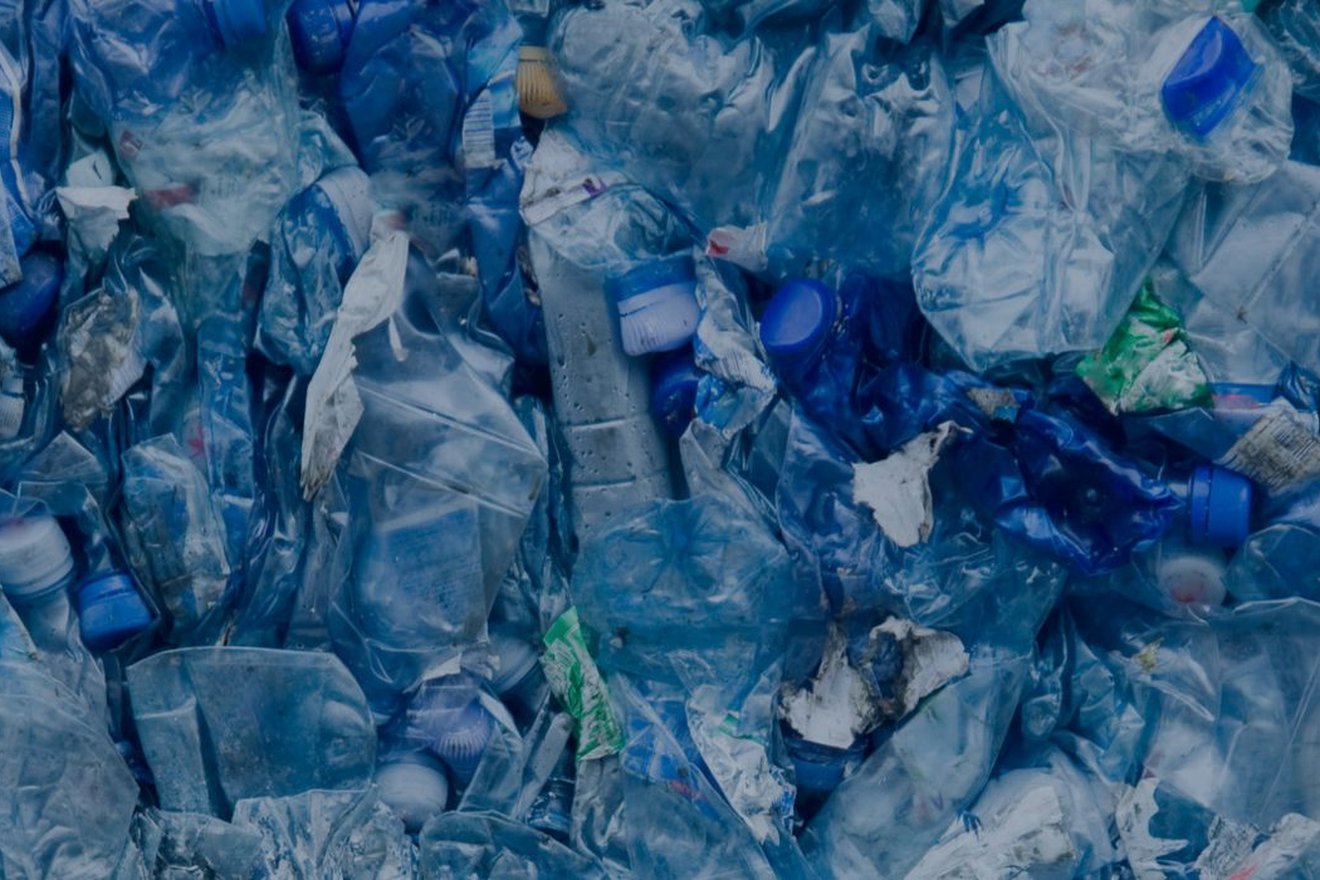- Title
-
Sustainable packaging: Why and how to stay ahead of the curve
- Section
- Reports
- Summary

Forty percent of plastic produced turns into packaging, used only once before being discarded. Add to that non-plastic packaging – such as paper and cardboard, glass, and aluminium – and packaging comprises a significant portion of total waste. As we know, the convenience of single-use packaging, much of which cannot be or is not currently recycled, comes at a major cost to the environment. With this in mind, fast-moving consumer goods (FMCG) brands switching to more sustainable packaging choices can drive significant environmental improvements. However, procuring sustainable packaging is much easier said than done. We know it is the right thing to do, but it often seems at odds with the complexities and commercial risks it poses to businesses.
On the other hand, aside from the big-picture environmental damage packaging waste creates, not making the transition to more sustainable options also presents significant business risk. Amidst a backdrop of tightening regulations, competition for supply, and heightened consumer awareness about the impact of waste leakage, shifting to sustainable packaging now can drive the greatest benefit to a business’s bottom line.
This process can involve a variety of difficulties and complex tradeoffs, some of which may not have clear-cut answers. But following the structured approach outlined below can help your organization to make the transition as smoothly as possible:
- Establish a means of measuring progress
- Understand and evaluate options – from reducing to re-sourcing
- Conduct small-scale trials, and begin the roll-out of the updated packaging
- Communicate changes internally and externally
Why shift to sustainable packaging now?
Stay ahead of regulations
Failing to clear certain sustainability standards is not a choice, or at least a financially viable one, for businesses in many countries and regions.
Governments are increasingly introducing regulations to tackle packaging waste. In 2022, California legislated a 25% reduction of plastic in single-use products by 2032. Much like automotive emissions standards, this is expected to be adopted in multiple states and drive standards across the entirety of one of the world’s largest economies. Across the pond, the EU introduced its Single Use Plastic Directive in 2019, limiting the sale of 10 single-use plastics that largely contribute to the pollution of its beaches, and the UK established the plastic packaging tax, which is levied on materials that don’t meet a 30% minimum of recycled content.
However, simply keeping one’s head above governments’ regulatory waters leaves brands and manufacturers in a precarious position. Retailers are increasingly introducing their own set of rules surrounding packaging, so getting ahead of the sustainability curve will be crucial to keeping your brand in front of your end consumers. For instance, Tesco, a major UK supermarket, provides suppliers with a preferred materials list, categorized as red, amber, and green, in ascending order of recyclability. Tesco plans to eliminate brands with “red list” packaging (not easily recyclable) from its line-up during 2022.
With Europe generally acting as trailblazers when it comes to sustainability initiatives, businesses in the U.S. and other regions can expect governments and major retailers to impose similar regulations. While the pace of change has and will continue to vary by region, one thing is clear: beyond the ethical implications, a shift towards more sustainable packaging will increasingly become the bare minimum required to conduct business.
Saying is easier than doing, however, and making these shifts will require significant changes in organizations’ supply chains. From a procurement perspective, waiting for regulatory changes to drive the transition to more sustainable packaging is risky as businesses will likely end up in a highly competitive market for supply. Making the transition sooner can mean locking in exclusive contracts with innovative packaging providers ahead of competitors.
Read on to learn more about why affordability alone is no longer sufficient for consumers, and how to approach re-sourcing sustainable packaging, evaluate sustainable packaging opportunities, and navigate the challenges.